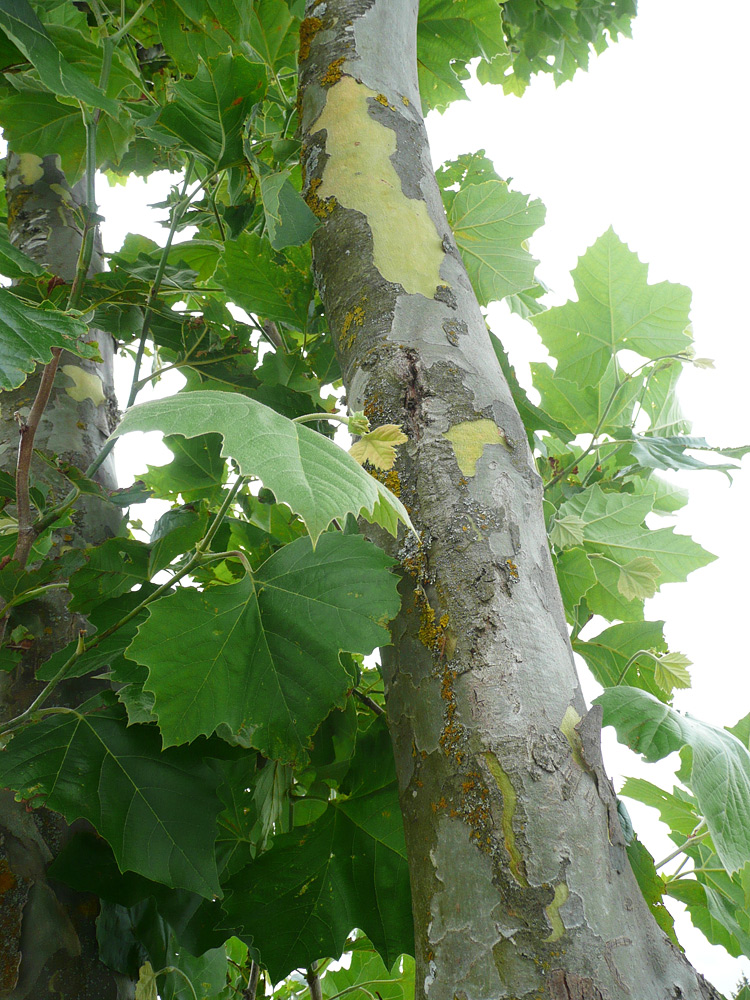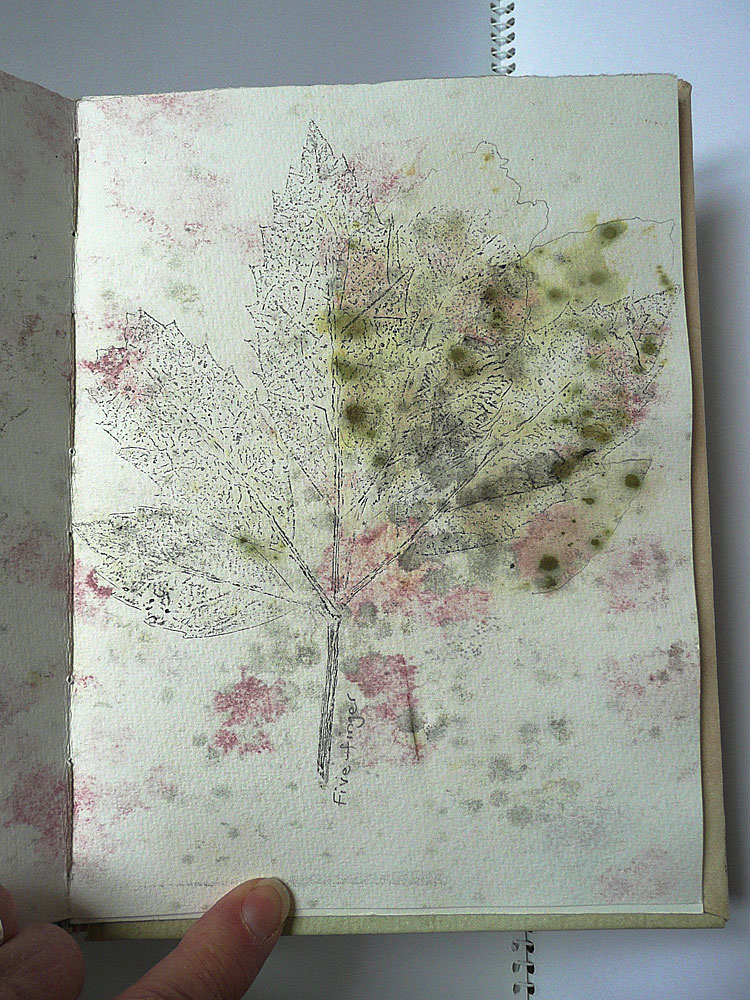Tomorrow’s Beginning
Boro
An Image in Search of a Title
Hot Off the Press; four printmakers showing at Arts in Oxford Gallery, Oxford, North Canterbury
This selection of monoprints is my first venture into exhibiting prints. I hope I’m keeping true to my art practice of using process and chance to make the image. I like to use recycled items, such as scraps of paper, cloth and plastic to print with. The scraps are either used as found or cut into shapes or patterns.
Through an interest in Japanese prints and making textile works I discovered the term ‘boro’. Boro is a Japanese word that translates as ‘rags or scraps of cloth, and the term boro is also used to describe clothes and household items which have been patched-up and repaired many times’[i]. The textiles could be passed down the generations and so also become holders of memory, in much same way as in old patchwork quilts.
In this set of prints I have interpreted this textile construction method by reusing the plastic, paper and cloth as the printing ‘plates’, integrating the shapes one on another to create an image that formed itself piece by piece. Would this go here? – What colour contrast will I do next? – the image in effect prompting a response from me. Memories (for me) are contained in many of the ‘scraps’ used.
The base of all the works is a found shape that reminded me of a kimono, and from this emerged the idea of boro as a process to create these images.
[i] https://furugistarjapan.wordpress.com/2011/02/18/boro-japanese-folk-fabric/
























 I also used the leaves collected at Glentui for a paper steam – some images needed further work. I added in colourful plants from the garden, to take advantage of the spring flowers.
I also used the leaves collected at Glentui for a paper steam – some images needed further work. I added in colourful plants from the garden, to take advantage of the spring flowers.





